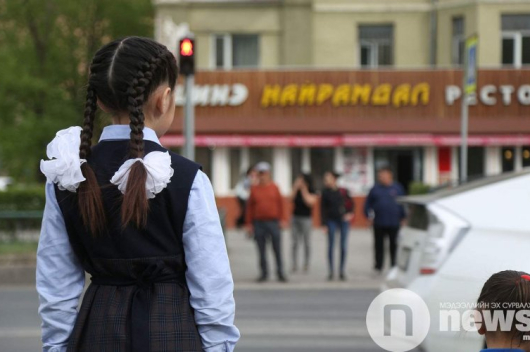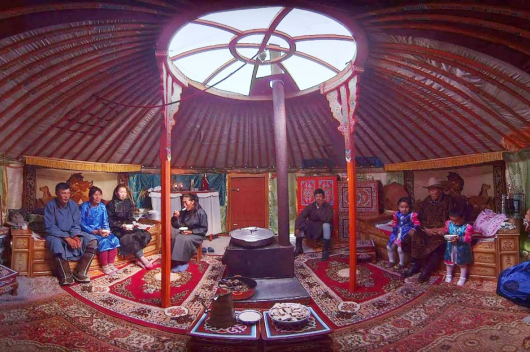The script of any country is approved by the rest of the world after implementing Unicode standards which is a computing industry standard for the consistent encoding, representation, and handling of text expressed in most of the world’s writing systems. The standard is maintained by the Unicode Consortium, and as of March 2019 the most recent version, Unicode 12.0, contains a repertoire of 137,993 characters covering 150 modern and historic scripts, as well as multiple symbol sets and emoji.
Traditional Mongolian script was standardized in ISO/IEC 10646 and Unicode in 1999. However, there were many errors such as missing characters and incorrect grammar; as a result, Mongolians have been unable to actively use their traditional script in the social network. But this is set to change. A team of experts are working to fix all the errors and aim to standardize the traditional Mongolian script in Unicode during ISO standards’ meeting in 2020.
Traditional Mongolian script is written vertically from top to bottom in columns advancing from left to right. It is used as the sole means of writing the language in China’s Inner Mongolia and ever-more frequently in Mongolia itself, where it was supplanted by a version of Russian Cyrillic under Soviet influence in 1946. In Mongolia, it is taught in schools and is used for official documents. We offer an alternative page of news in it. The traditional script was developed from the Old Uyghur alphabet during the conquests of the Mongol Empire.
 3,575.44
3,575.44












Related News